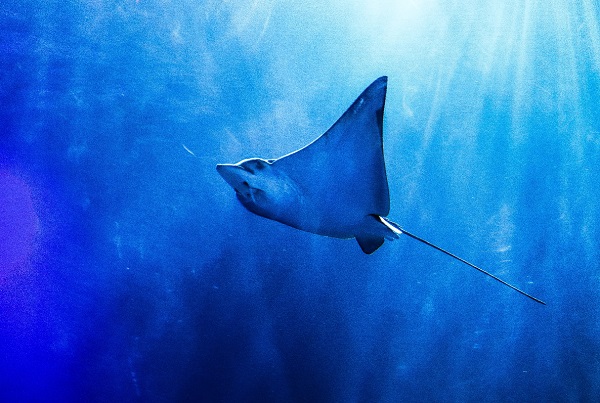According to legend, around 100 years ago Grand Cayman fishermen got into the habit of using the calm waters of a North Sound sandbank just inside the reefs that surround their Caribbean island to clean their catch and tidy up their nets after a day on the water. The activity, and the free food, attracted nearby fish, particularly the southern stingrays, a generally nocturnal species that usually spends daylight hours sleeping, burrowed in the sand.
As the stingrays began to associate human activity with food, the number of stingrays turning up every day increased. Humans, in turn, began to associate stingrays with a money-making opportunity and began bringing in visitors. By 1986 intentional feeding had become a daily occurrence and a tourist phenomenon was born.
Welcome to Stingray City, the most famous stingray encounter on the planet, drawing up to one million visitors every year to the Cayman Islands. There are other stingray encounter opportunities in the Caribbean, as well as Mexico, Australia and Polynesia, but a Grand Cayman stingray tour is unique for the numbers, the apparent friendliness of the animals and the fact you can stand waist-deep on the soft sand in the lagoon and they will actively come to you almost begging for attention (and a tasty morsel of squid).
They may not look like the cuddliest, friendliest fish in the ocean, but the great motivation of free food and a lack of fear of humans makes them so completely at ease they can be hand-fed, touched, caressed and even lifted in the water to pose for photographs with delighted tourists.
There are many Grand Cayman boat charters offering trips to Stingray City in craft ranging from glass-bottom boats to catamarans to large cruisers. Most take you directly to the sandbar about 25 minutes offshore, where you can watch the stingrays in the crystal clear water from the comfort of the boat, or snorkel in the deeper 10-foot parts of the sandbank or just wade in the shallow, three-foot central area, surrounded by graceful stingrays vying for attention and food.




Load more comments